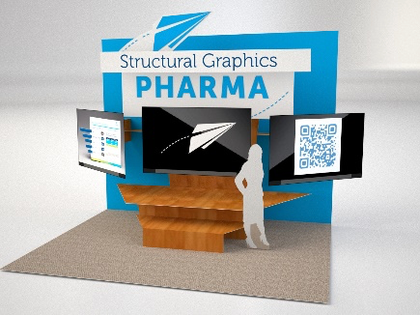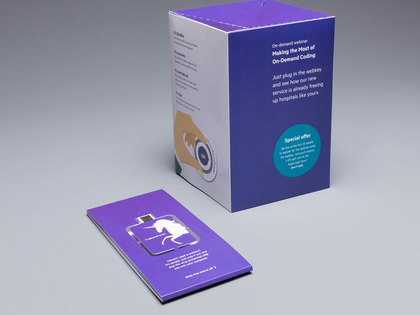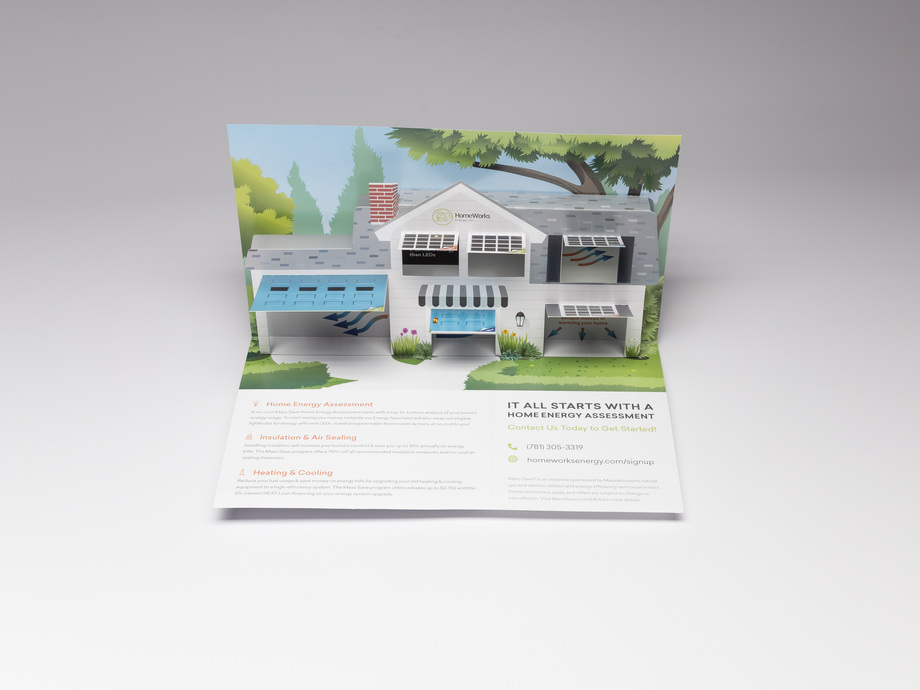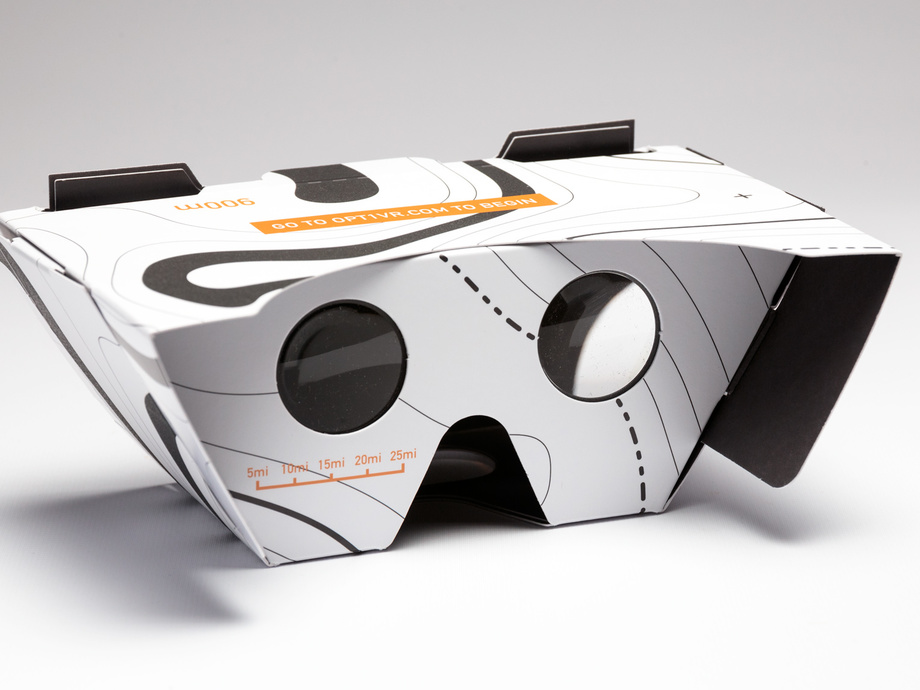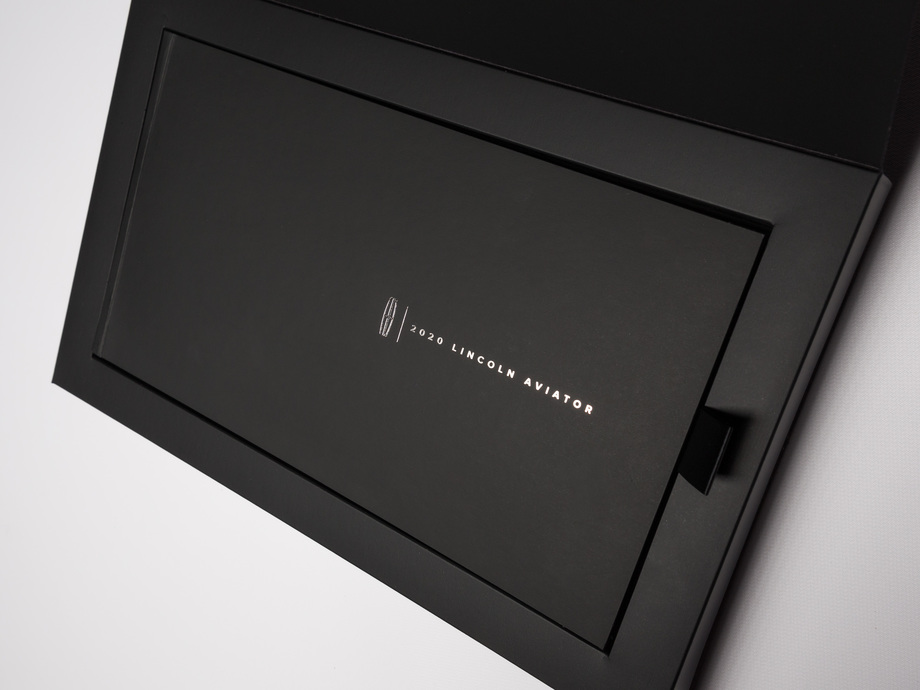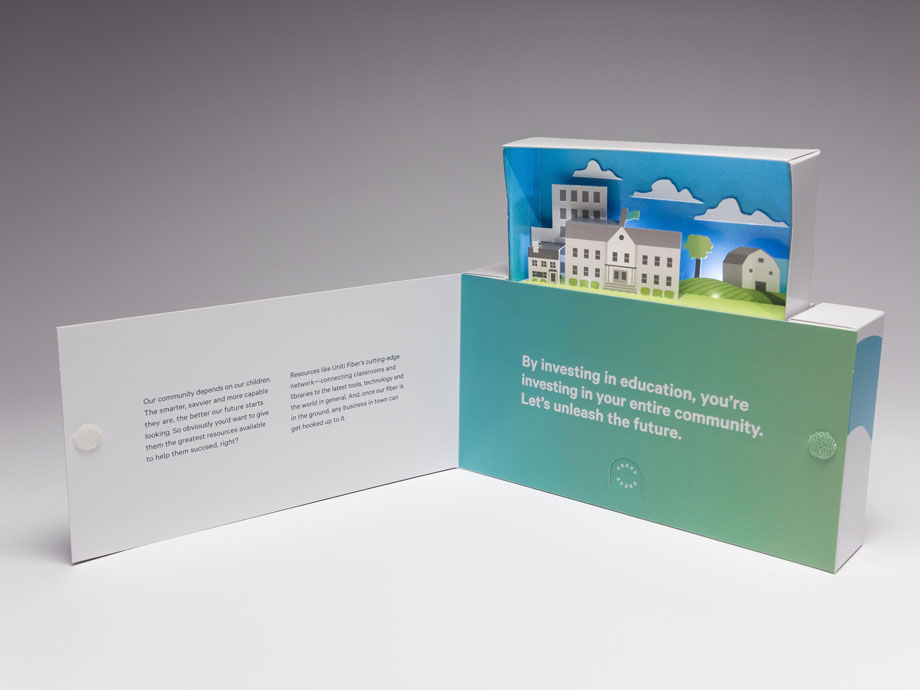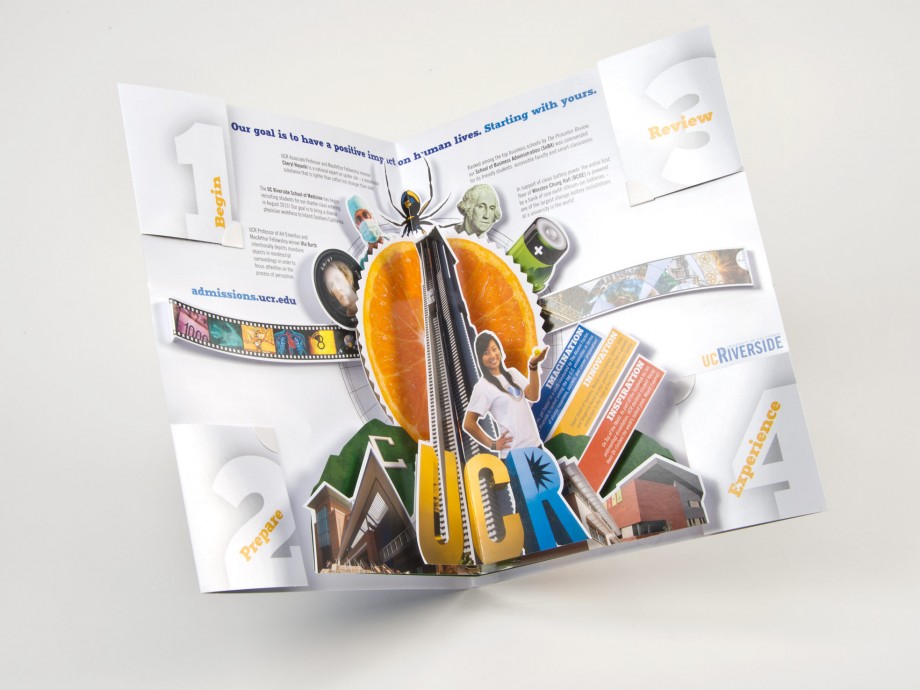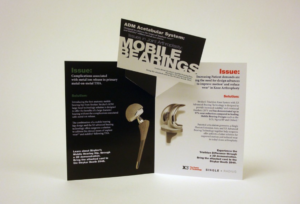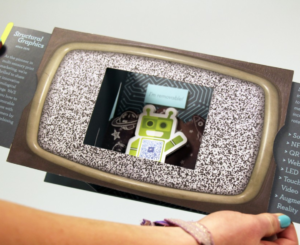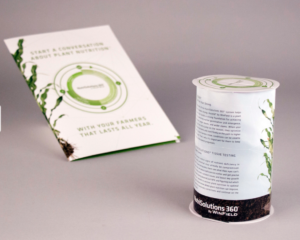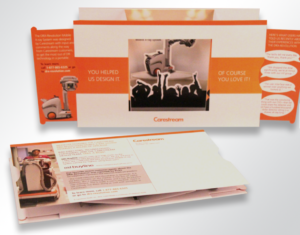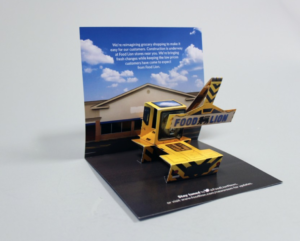When it comes to effectively educating patients and physicians with sales aids, training materials, detail aids and starter kits, presentation AND organization is everything! Cool graphics and artwork on the outside will most likely get your recipient to open up the box or sales aid, but how it’s all presented on the inside is just as important.
Pharmaceutical reps have been using detail aids, starter kits and sales aids for years to educate patients and leave important information behind because, often times, time is scarce and they only have a short time to deliver and explain often-complex information.
Recent statistics show that patients who get patient education content report better patient experience, while 68% said it increases the odds that they will return to that provider. Additionally, 94% confirmed that they would access patient education materials from their clinicians if they had access to them. source
The inclusion of digital components has also kicked these educational materials up a notch. QR Codes can drive to detailed videos featuring product demonstrations, Video Screens help to engage and educate patients and Augmented Reality can make different sections of your kit come to life.
The best leave-behinds are the ones that DON’T leave behind valuable information and deliver important details in an organized way. Here are some examples of Pharma companies that did this extremely well.
Nicorette NRT Kit
NicoDerm/Nicorette used this kit as an introduction to its smoking cessation products. The inside of the kit featured information on the benefits of combination therapy along with product details. The right-hand sleeve featured several wells that carried each of the different products ensuring all product samples remained in place. Learn more here.
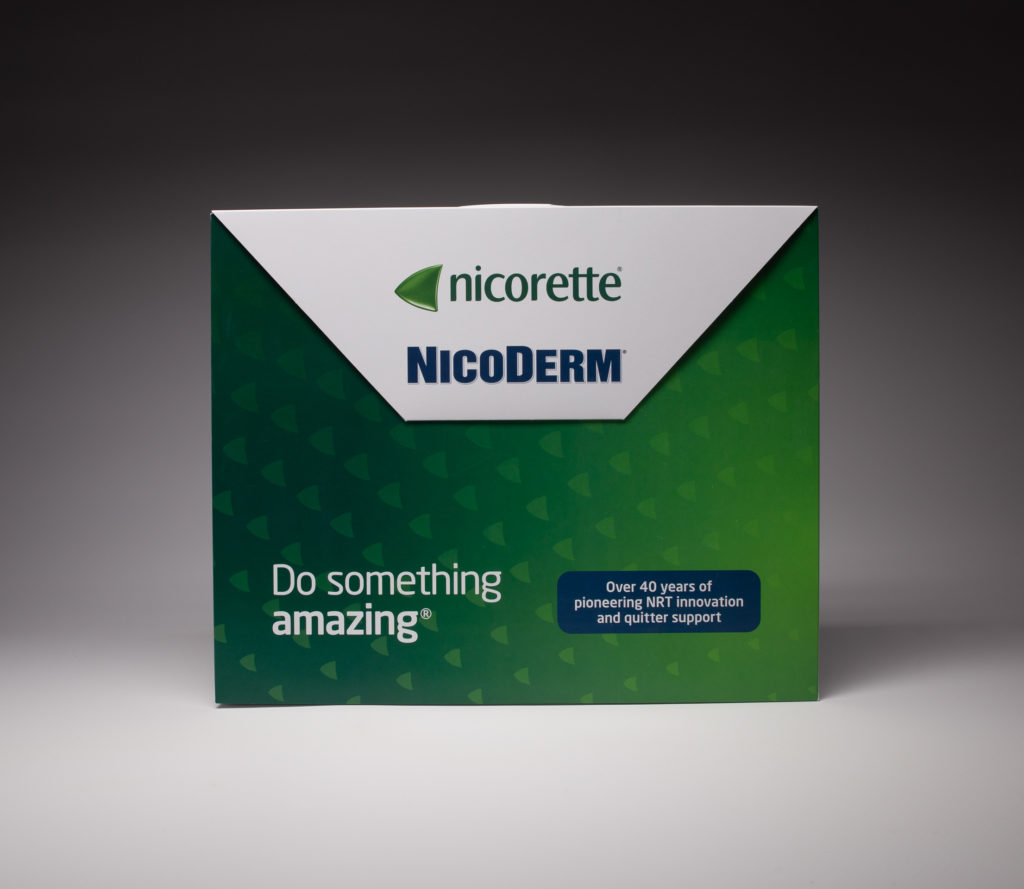
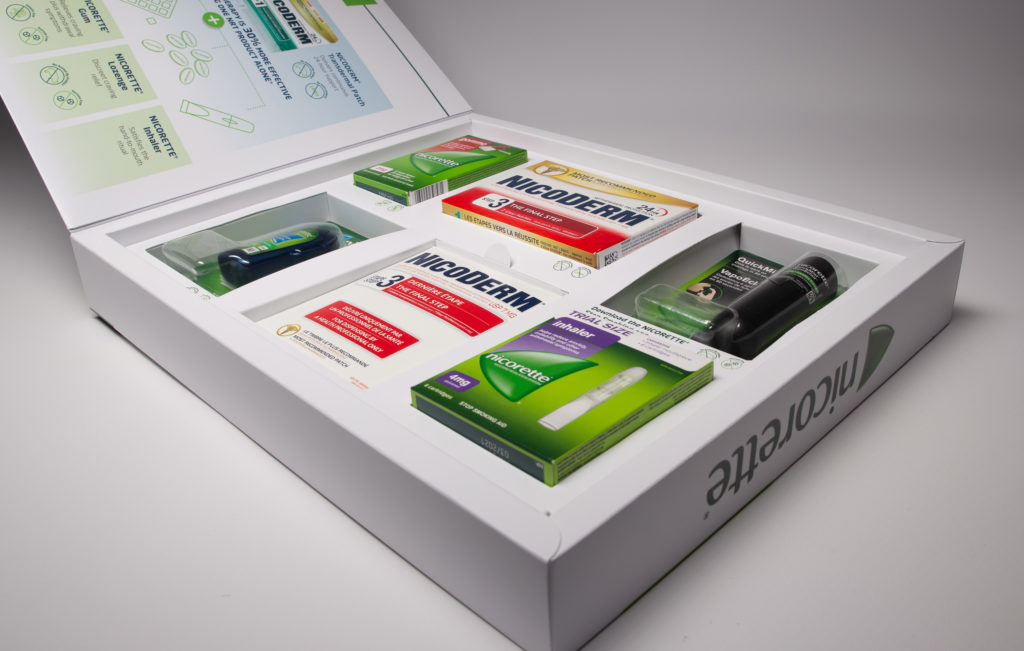
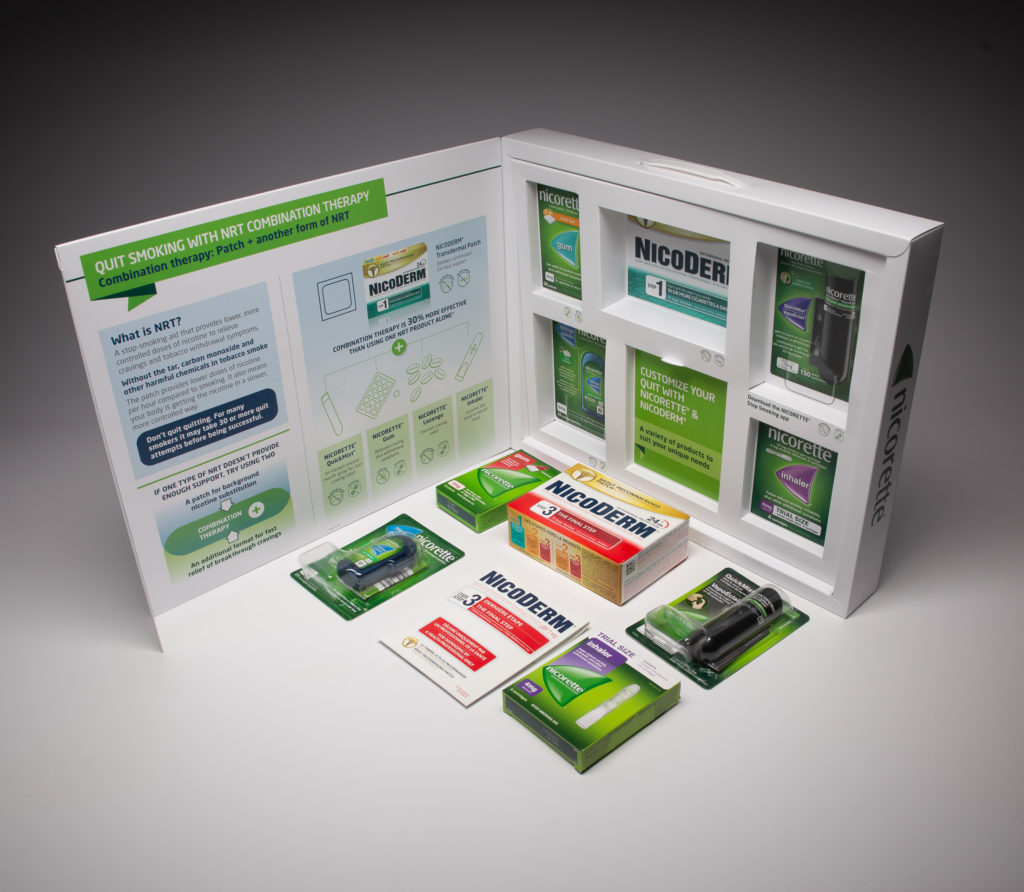
Obesity Resource Kit
This resource kit for Novo Nordisk was used as a comprehensive resource guide for physicians to help accurately screen and treat obesity. The inside of the kit included information on evidence-based treatment as well as informational sheets about best weight, movement, healthy eating, understanding appetite and obesity science.
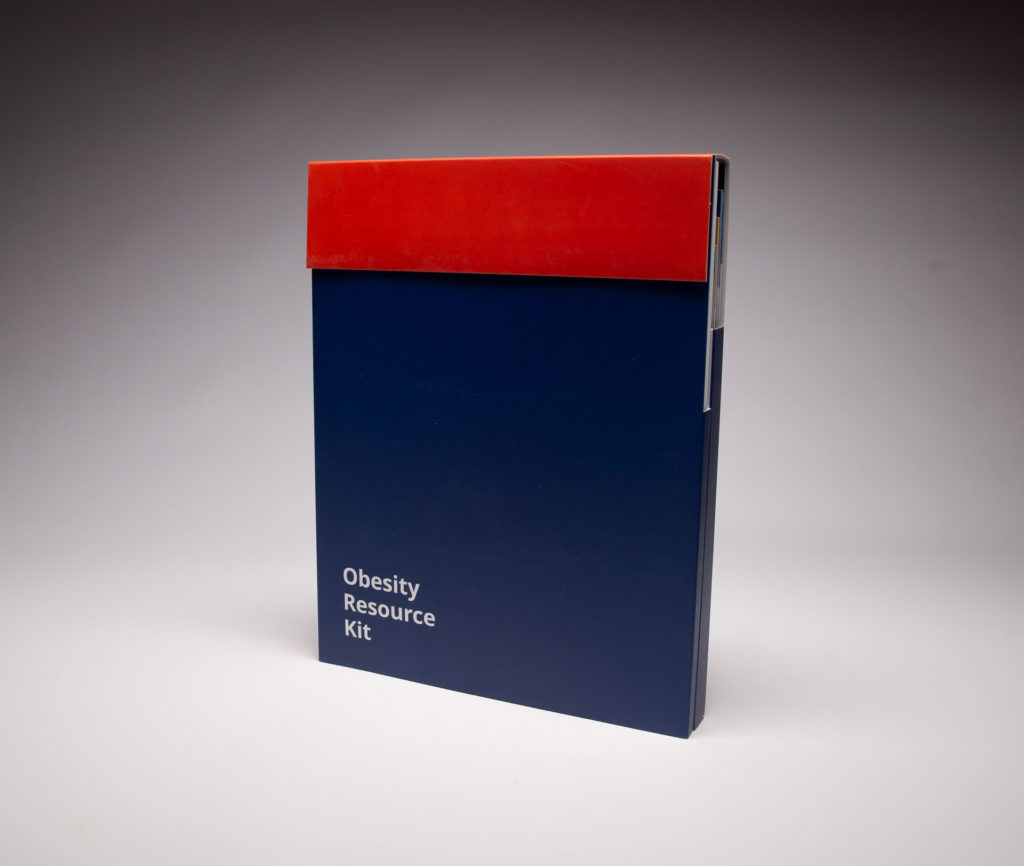
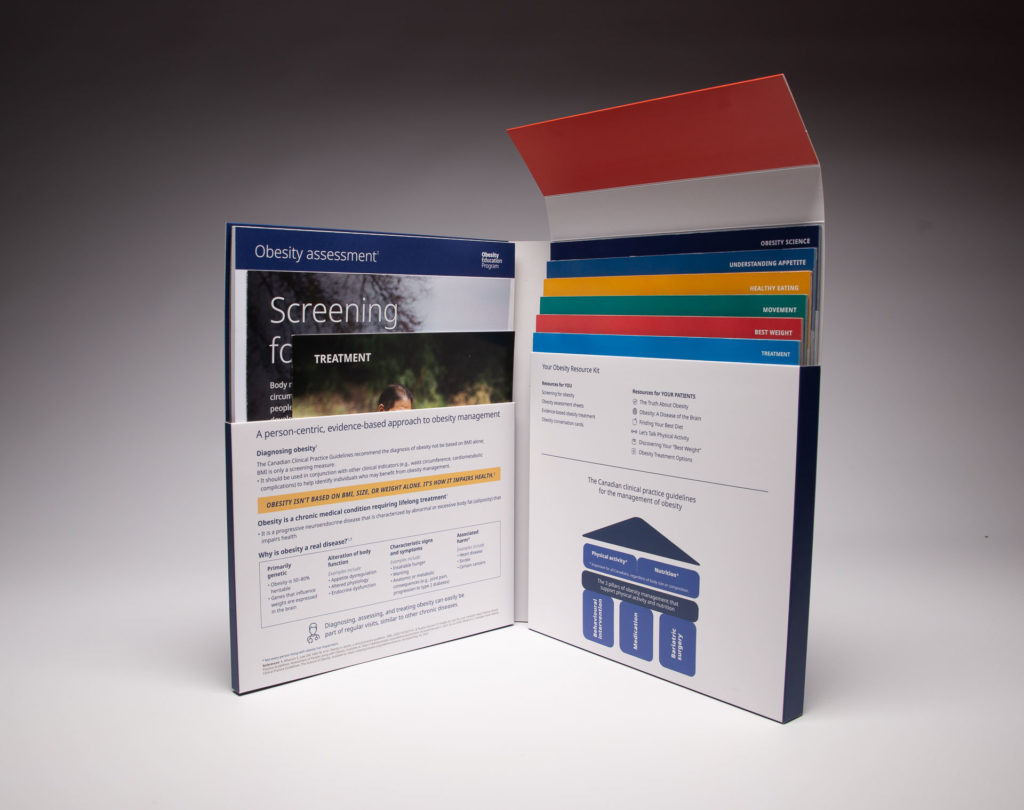
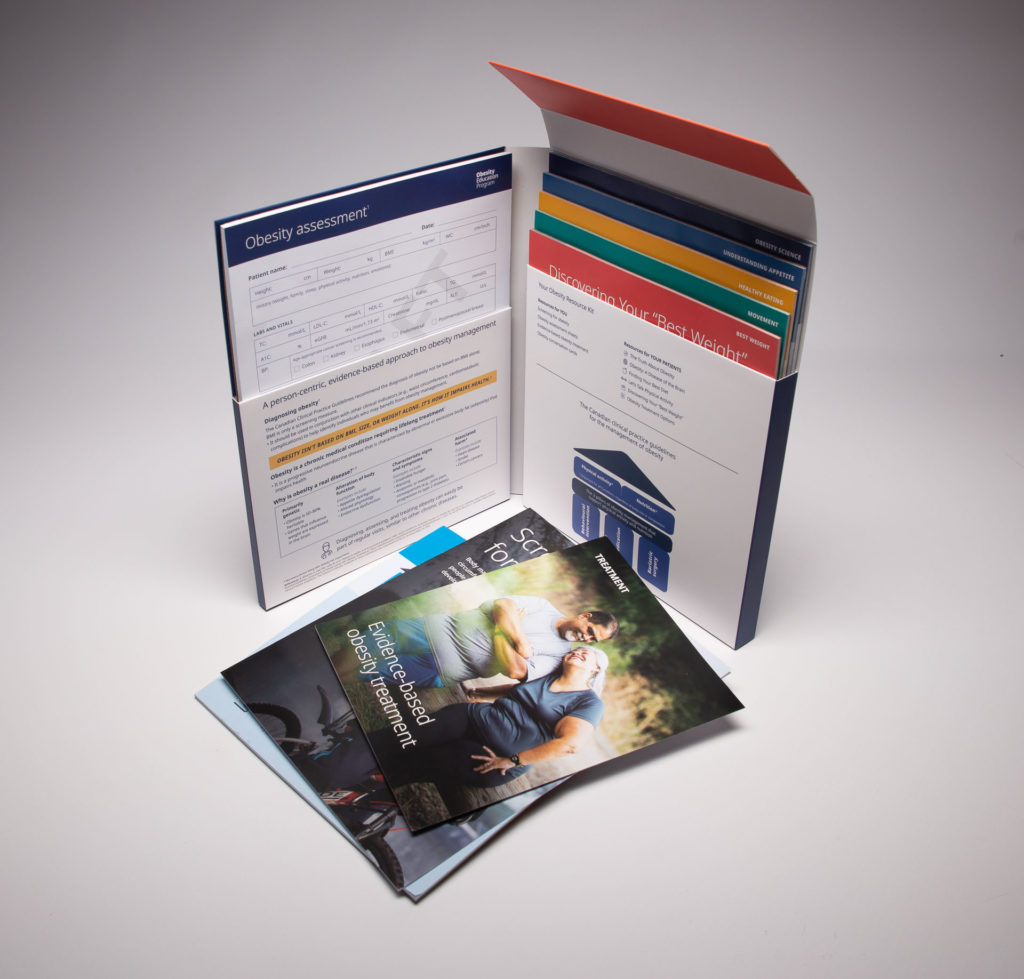
Hoffman-La Roche Pharmaceuticals Reference Guide
Hoffmann-La Roche used this reference guide to inform physicians about 8 different therapy options available for Multiple Sclerosis. Multiple panels were contained inside a sleeve with each double-sided panel featuring information on a different option. A metal ring affixed to the corner held all the panels together which allowed the recipient to easily rotate and read each one while keeping all the information in one place.
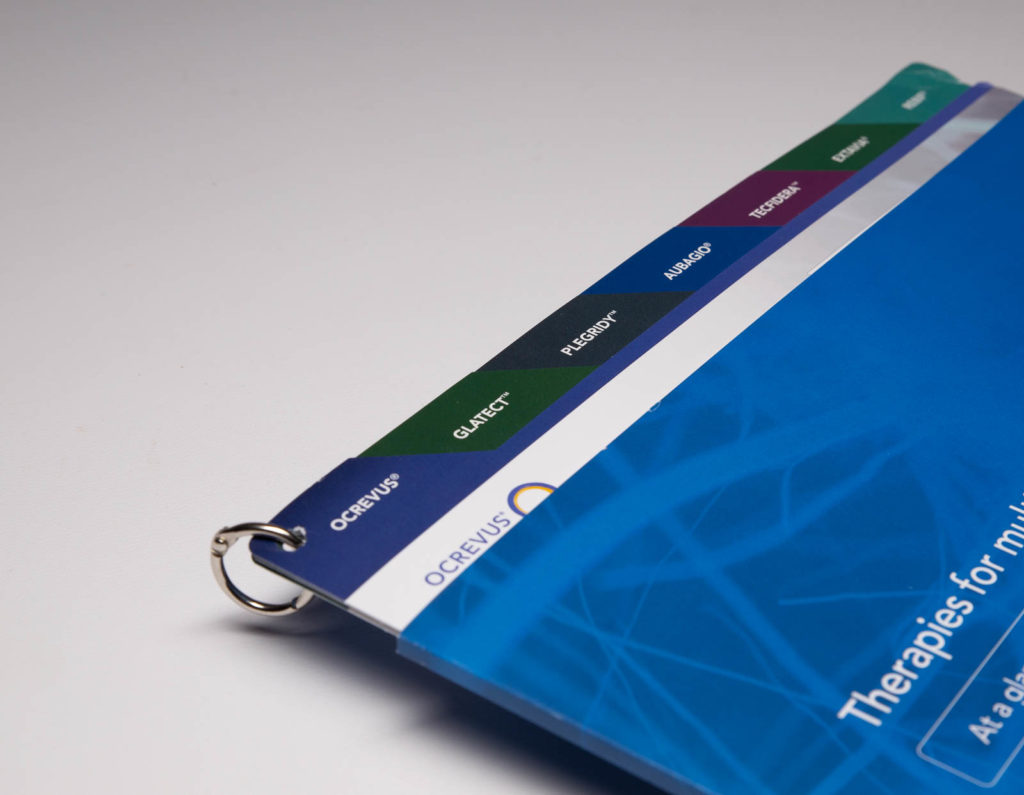
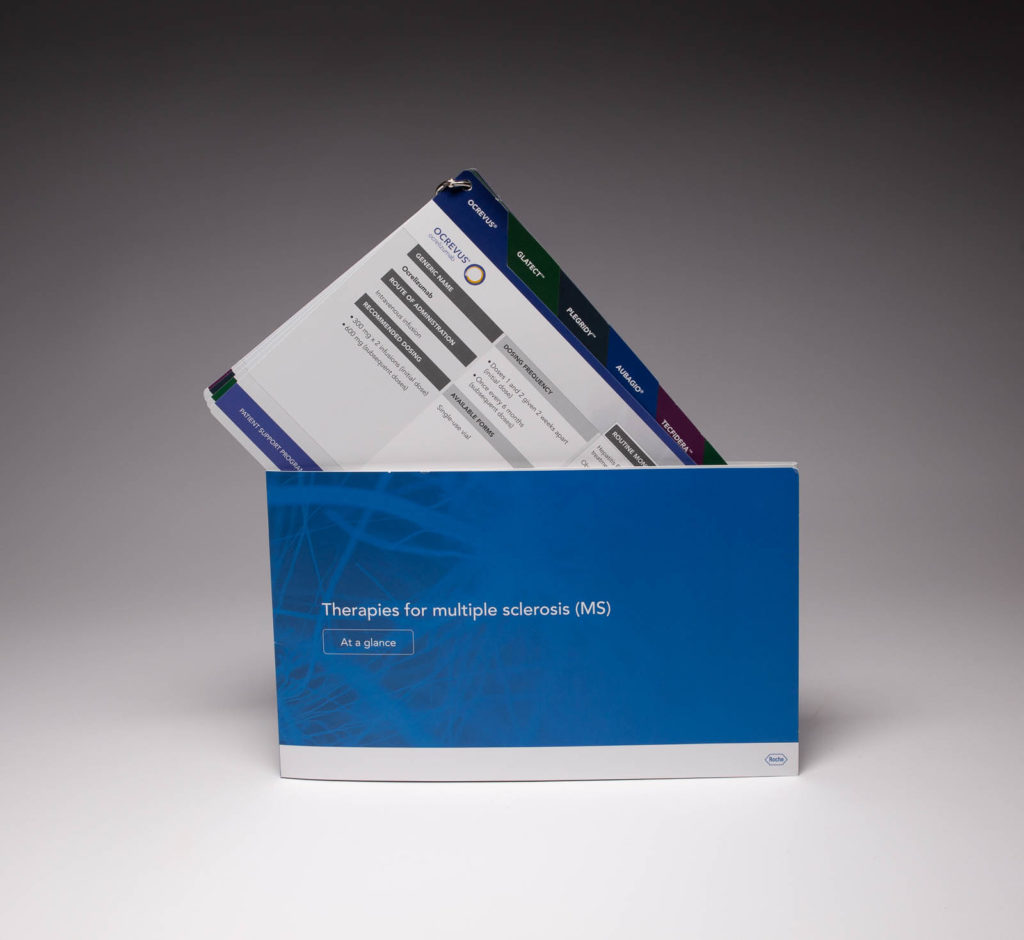
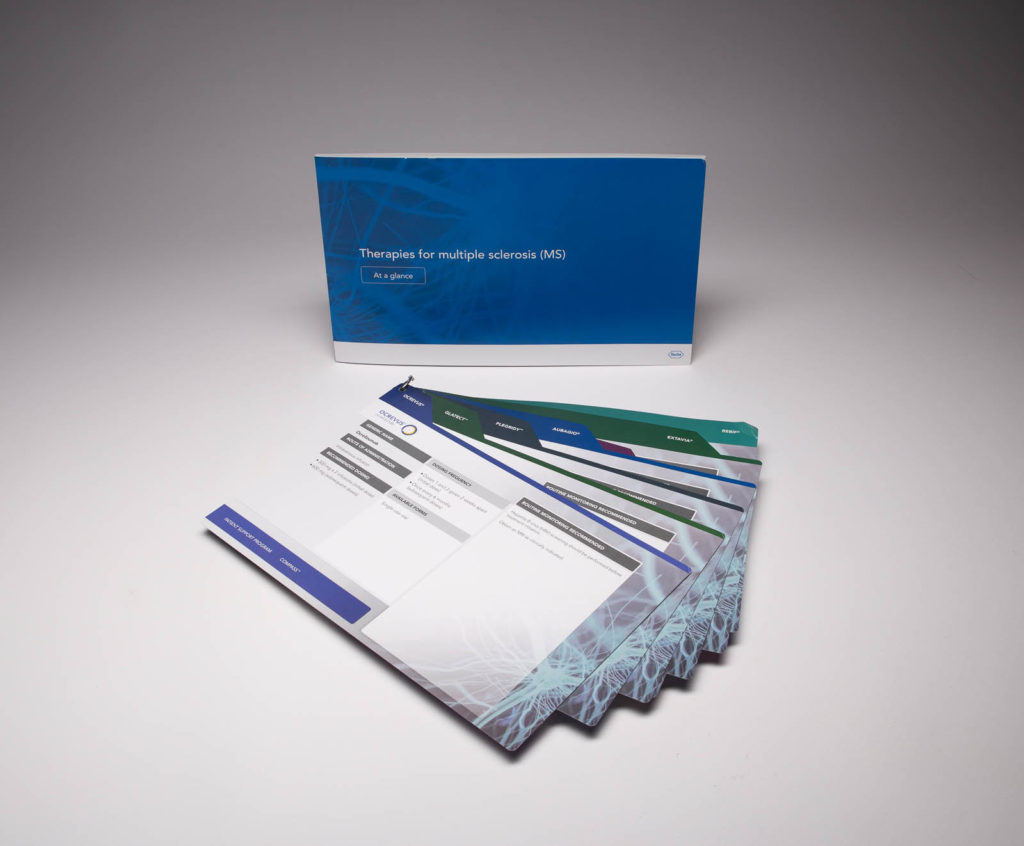
Repatha® Demonstration Kit
This kit was used to demonstrate Repatha’s injection options to physicians. The inside of the kit featured a sample unit contained inside a well with information about the medication while the hidden magnetic closure inside the lid allowed the contents to remain intact on the inside.
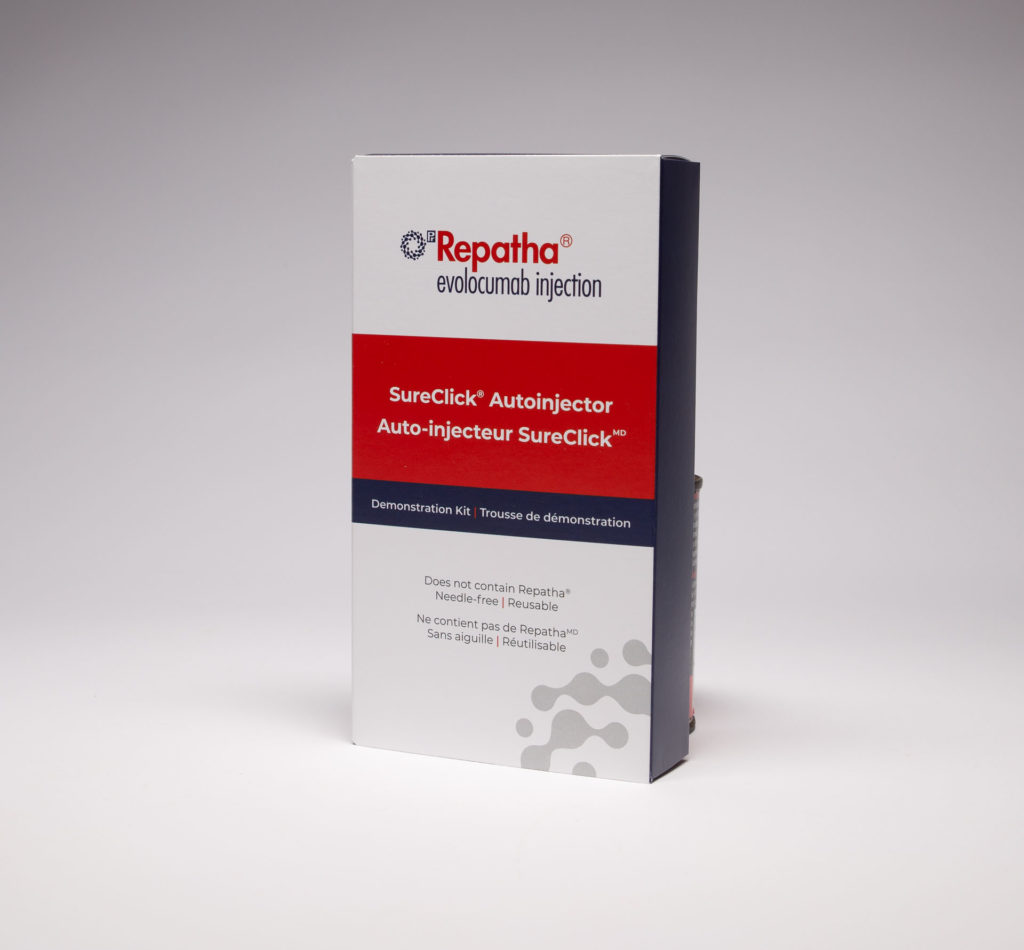
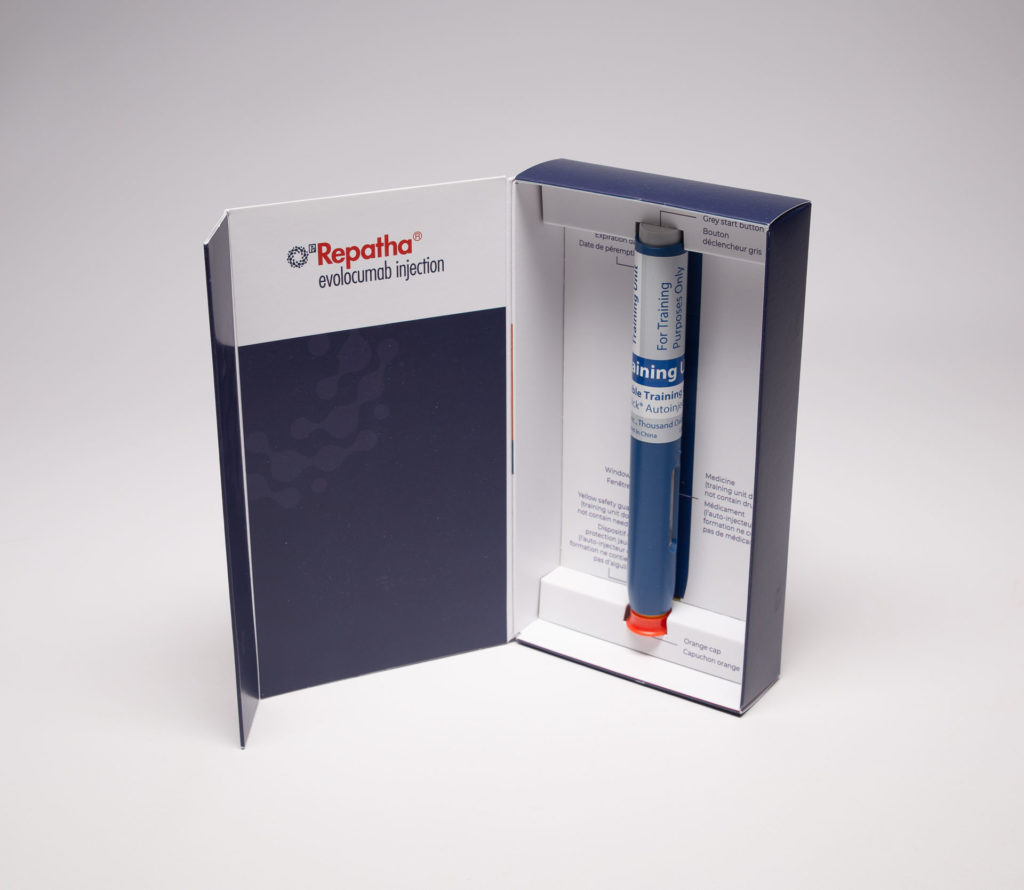
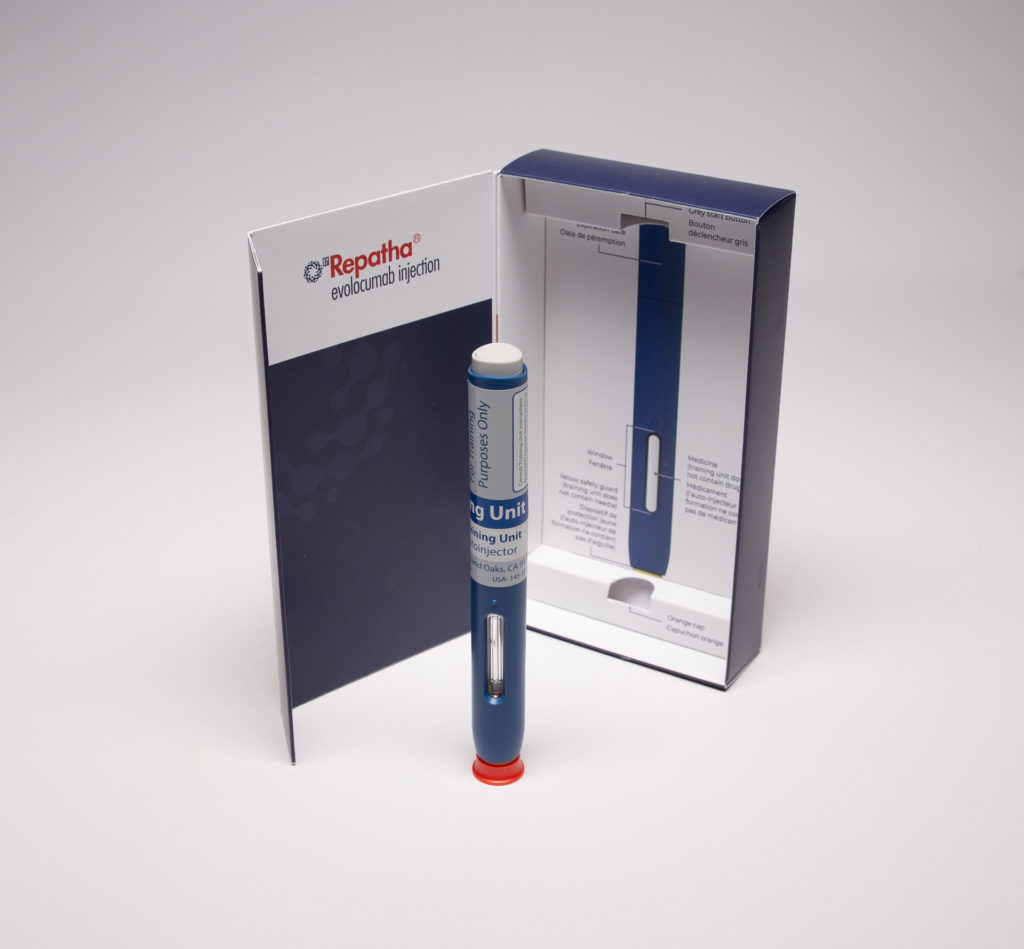
Salofalk Reference Guide
Aptalis Pharmaceuticals Inc. used this comprehensive reference guide to educate physicians on the features and benefits of Salofalk. The cover of the reference guide featured 4 tabs that slid out and locked to reveal information about each of topics on each panel. The panels were double-sided allowing ample space for imagery and details about the product. The locking mechanism allowed the information to securely stay in place while the double-sided panels were effective in breaking information down into specific detail.
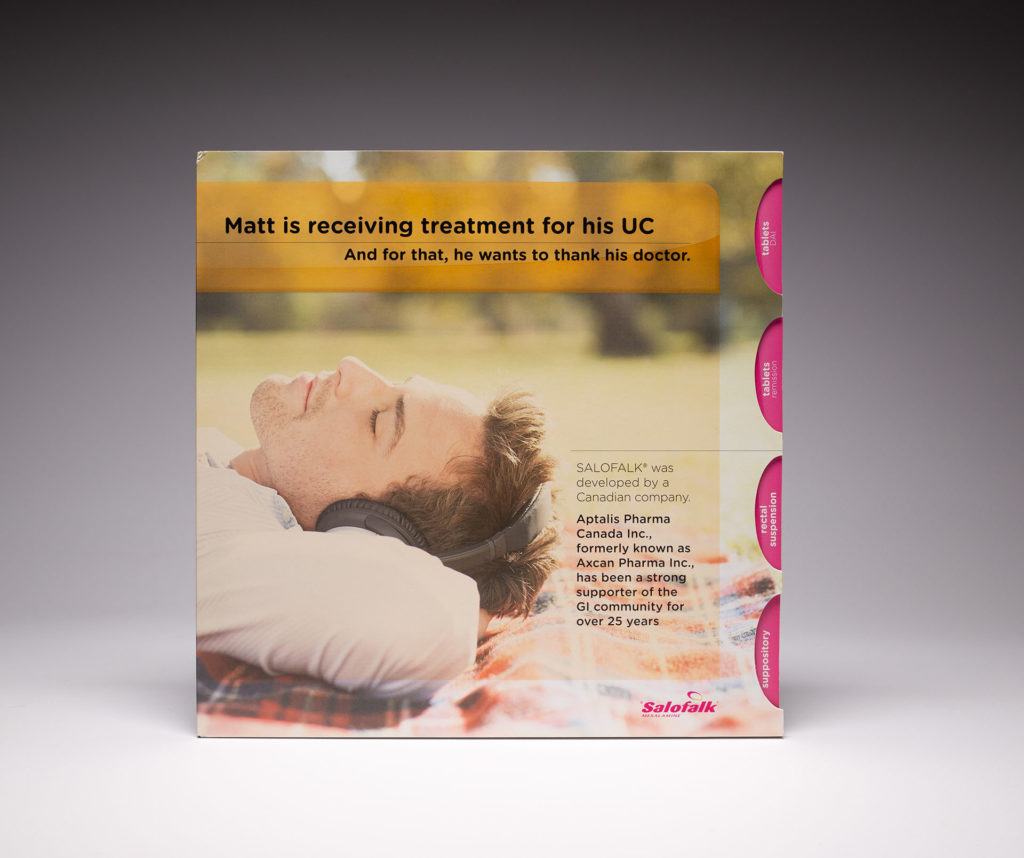
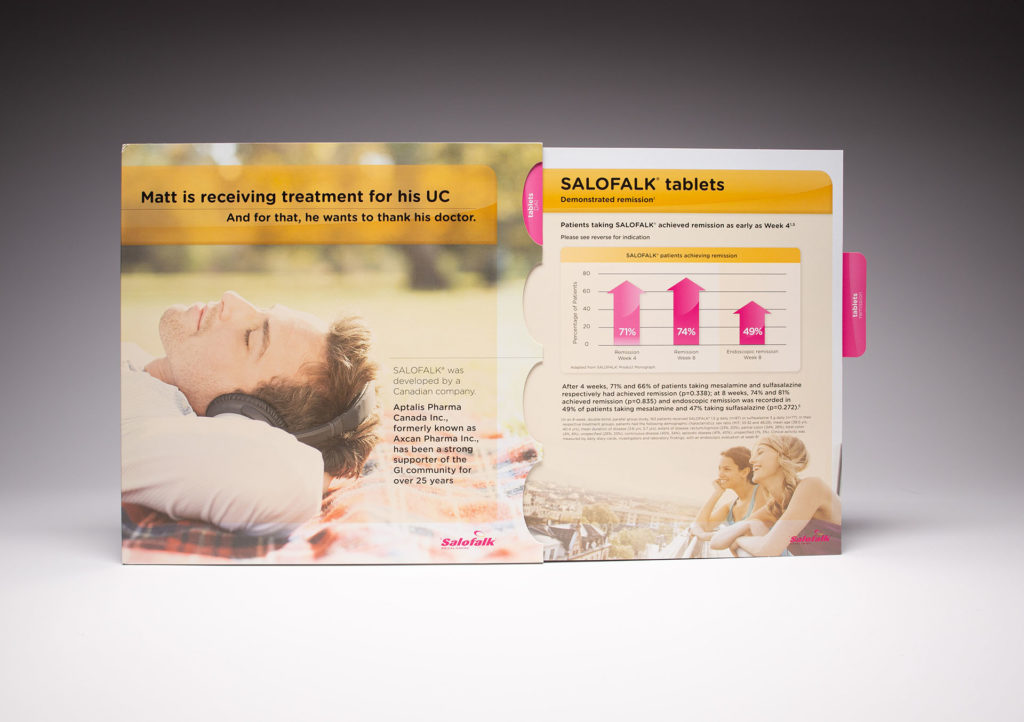
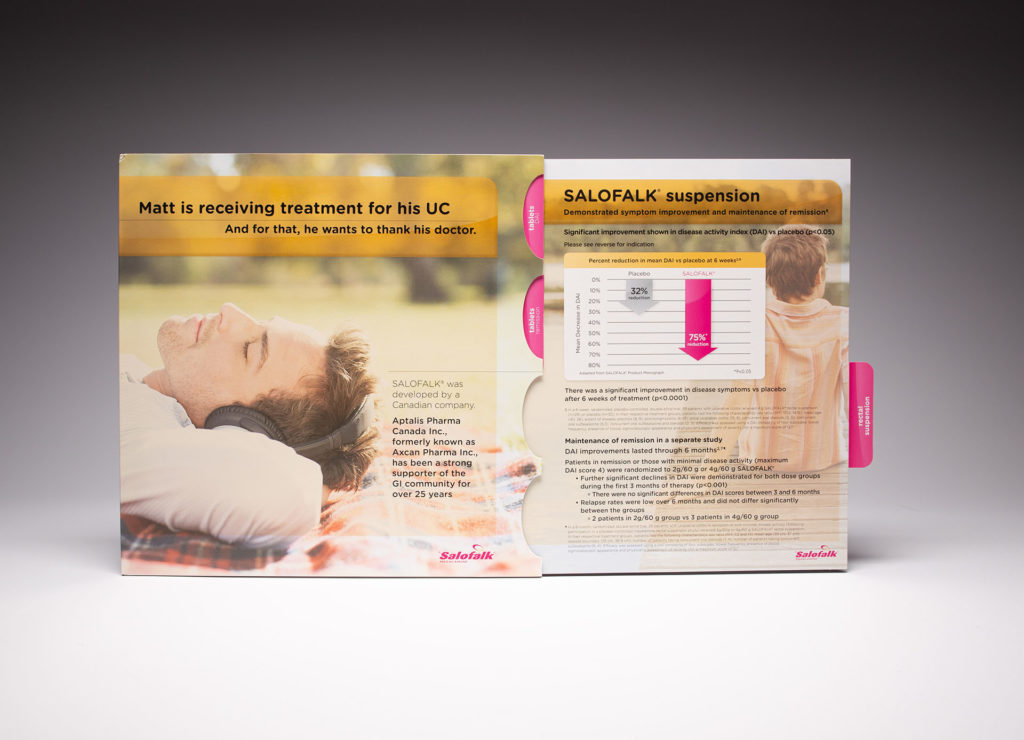
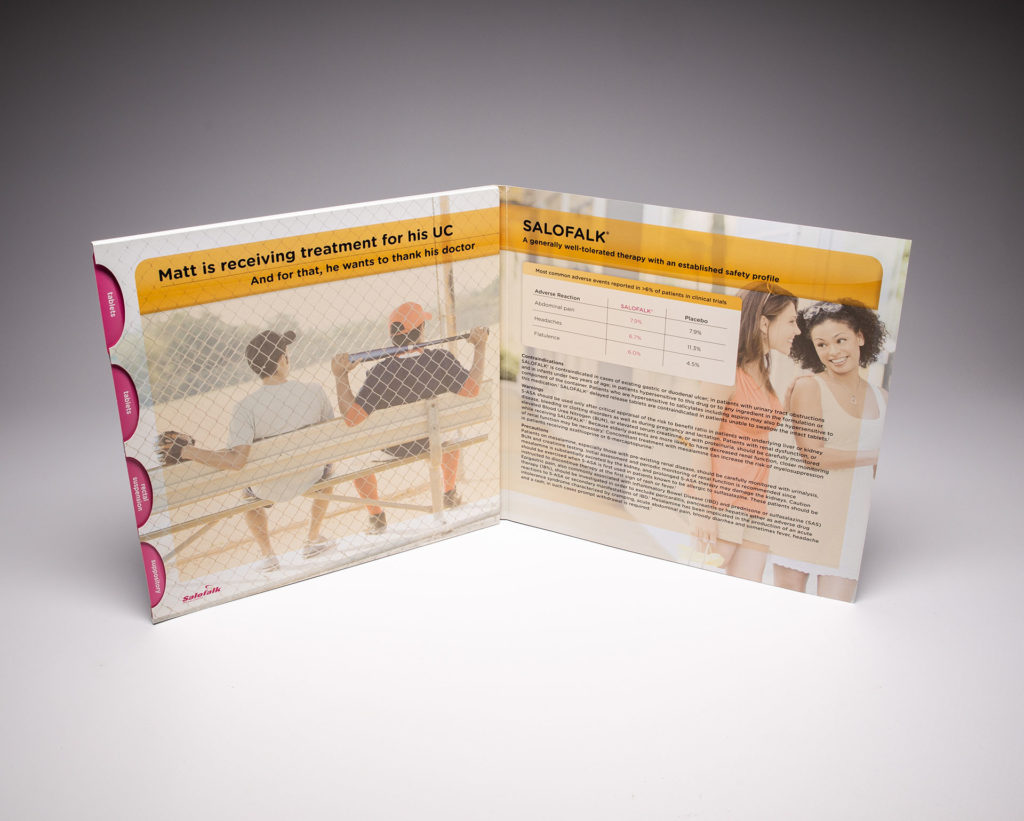
In Conclusion
When it comes to patient compliance, education is key to increasing adherence to treatment plans and medications. Patients are more likely to stick to their treatment if they understand it. When it comes to physicians, continuing medical education is key to improving and effectively managing patient care. 63% of respondents say they routinely get sent educational materials from their providers while about a third say they aren’t offered any educational materials from their providers. To learn more about these statistics, click here.
To visit our Patient Education and Starter kit gallery, click here.
